Is It Possible to Make Paint from Commonly Available Products?
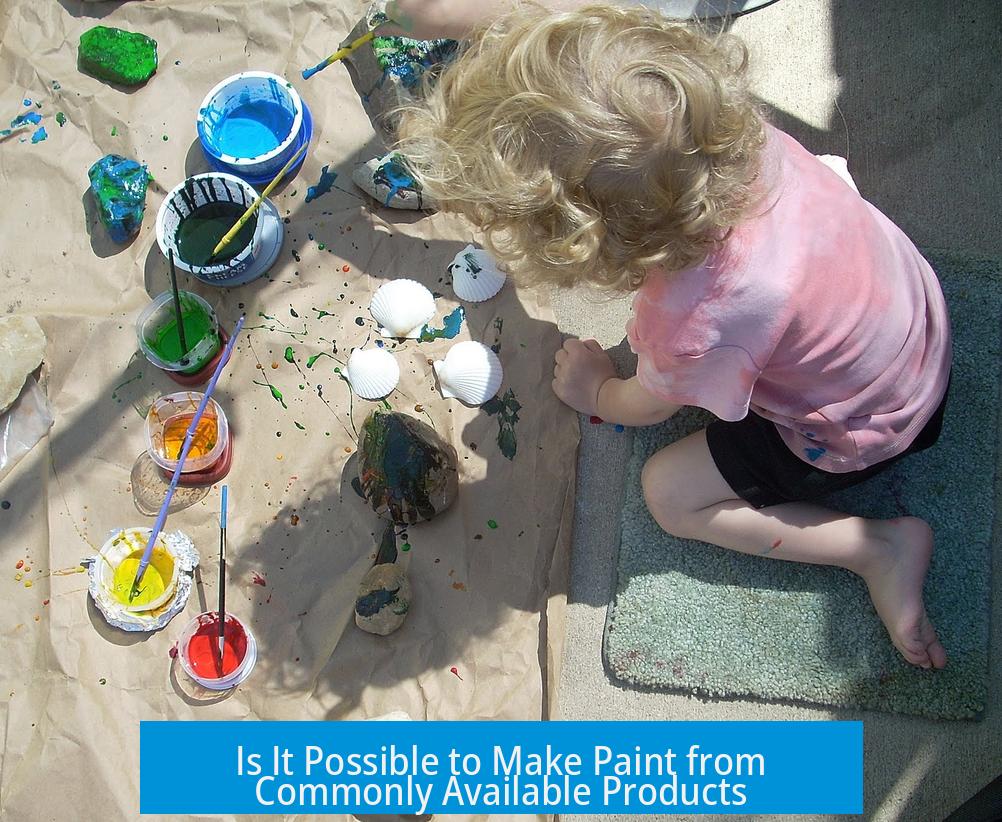
Yes, it is possible to make paint from commonly available products. However, achieving a durable, stable, and effective paint requires extensive knowledge, effort, and specialised ingredients that are rarely accessible at home. Simple homemade paints can be made, but they often lack the quality and longevity of commercial paints.
Basic Components of Paint
Paint typically consists of three essential components:
- Binder: Holds pigment particles together and ensures adhesion to surfaces.
- Pigment: Provides color.
- Vehicle (Solvent): Carries the pigment and binder, allowing easy application and drying.
Traditional Paint Examples
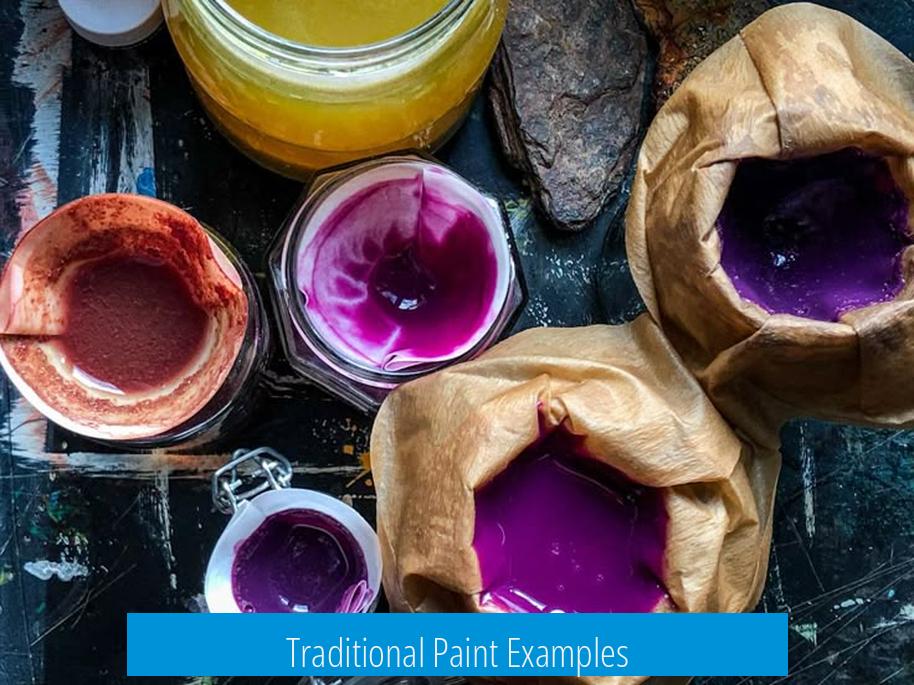
Historically, natural paints employed common materials:
- Whitewash: Made from calcium hydroxide (lime) and water, often used for walls.
- Oil Paint: Pigments mixed with drying oils such as linseed or walnut oil.
- Milk Paint: A mix of milk protein (casein), lime, and pigments.
- Shellac: Derived from insect secretions, used for wood finishes.
These paints are simple to prepare but lack resistance to harsh environmental conditions and show limited durability compared to modern paints.
Challenges with Homemade Paint
Several factors make homemade paint challenging:
- Maintaining consistent color under sunlight and temperature changes.
- Ensuring strong adhesion and resistance to moisture, heat, and humidity.
- Achieving appropriate drying times without excessive fumes or odors.
- Different paint formulations are needed depending on the surface—walls, metals, or outdoor use each require specialized chemistry.
Attempting to recreate modern paint at home often leads to subpar results that are more expensive and time-consuming than buying ready-made products.
Expert Perspective
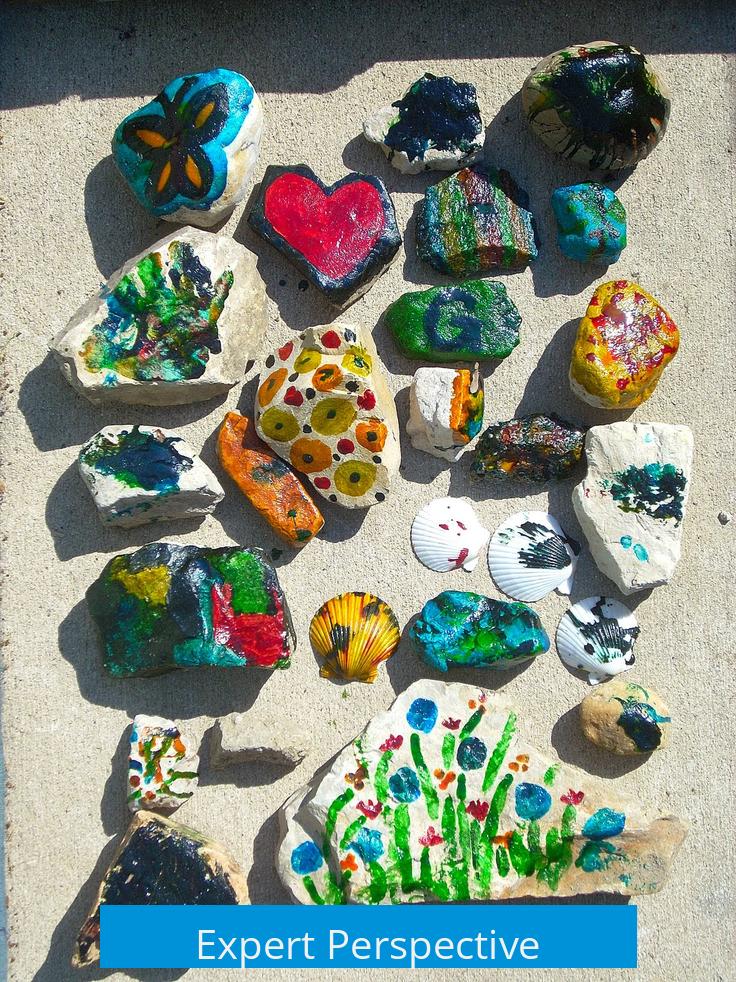
Paint chemists note that DIY paint recipes seen online frequently exaggerate or misrepresent the process. Simple mixing of crushed pigments with vegetable oils rarely yields vibrant, durable paint. The sophisticated dispersion of pigments and formulation of binders in commercial paints demand industrial techniques and chemicals.
Why Buy Commercial Paint?
Commercial paints contain carefully tested ingredients providing:
- Shape and color retention under environmental stress.
- Proper adhesion to various surfaces.
- Safe drying rates and odor control.
- Specialized formulas tailored for indoor, outdoor, metal, or wood surfaces.
Despite the cost, the convenience and reliability justify purchasing commercial paints over homemade versions.
Key Points
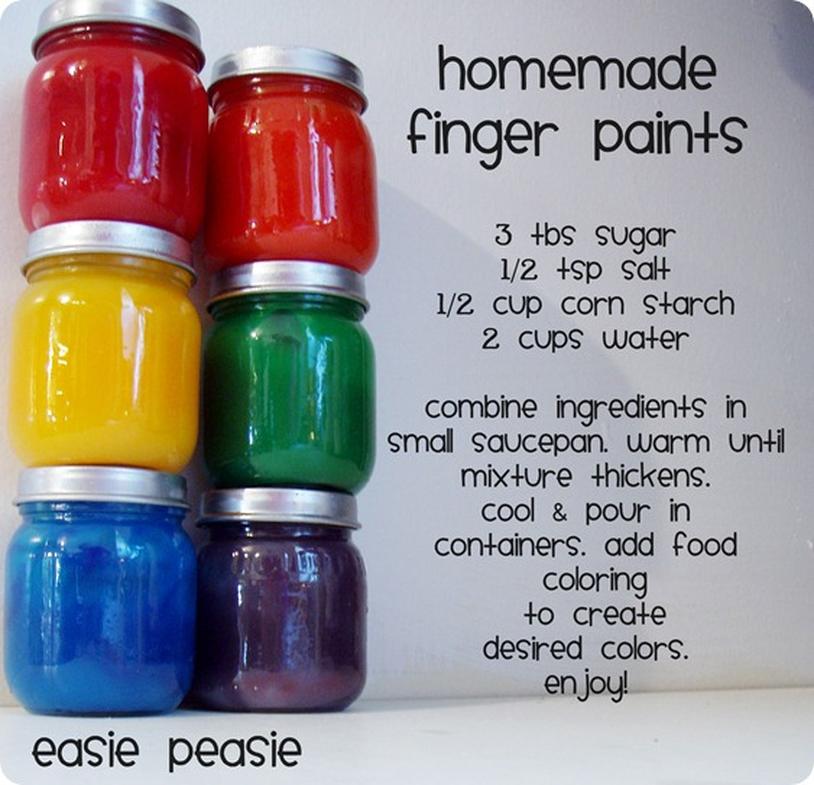
- Making paint from common products is possible but rarely practical.
- Traditional paints use natural materials but perform poorly compared to modern paints.
- Commercial paints benefit from advanced chemistry and manufacturing.
- DIY paint often costs more time and money and delivers inferior results.
For more on natural paints, see Whitewash and Milk Paint.
Is It Possible to Make Paint from Commonly Available Products?
Yes, it’s possible to make paint from commonly available products. But don’t rush to toss out your store-bought can just yet. The process isn’t as simple or cost-effective as it sounds. Let’s dive into this colorful world where pigments, oils, and binders collide, to find out why homemade paint is both intriguing and tricky.
Picture this: you decide to whip up your own paint from that jar of turmeric, some flour, and vinegar on your kitchen shelf. Sounds charming, right? But turning that into a reliable paint that sticks well, resists fading, and doesn’t peel after a month? That’s where the plot thickens.
What Makes Paint Paint?
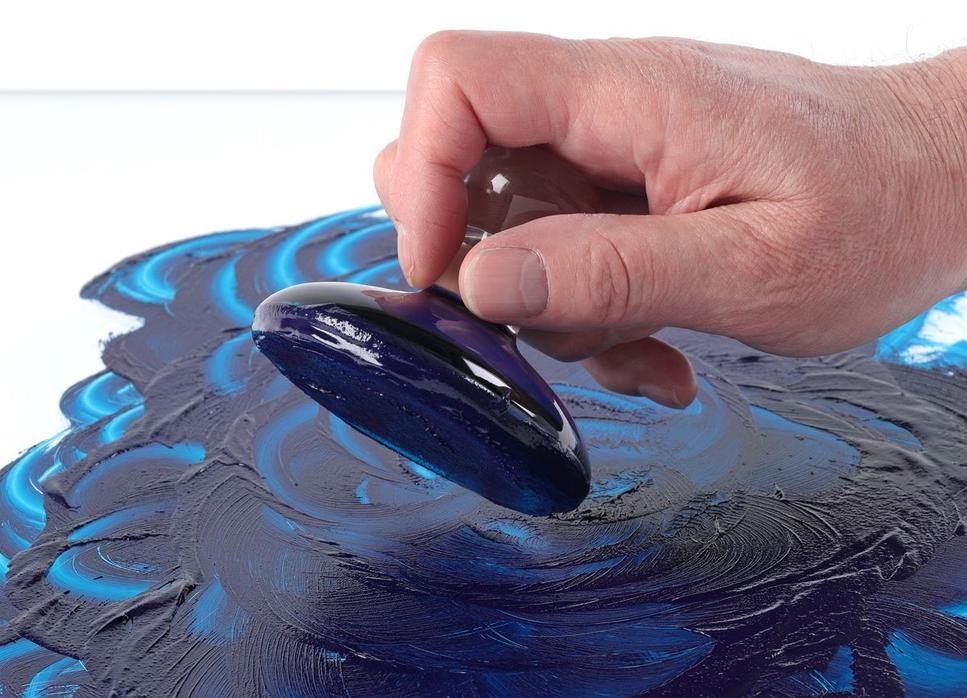
Paint isn’t just pretty colors splashed on walls. It’s a complex mixture of three key ingredients:
- Binder: This is the glue holding everything together, making paint stick to surfaces.
- Pigment: The tiny particles giving paint its color.
- Vehicle (or solvent): The liquid that makes paint spreadable, evaporating as it dries.
Historical paints used natural binders like linseed oil or gum turpentine, with pigments from earth materials like yellow ochre. For example, calcium hydroxide mixed with water and pigment creates traditional whitewash, a simple but effective wall paint.
If you pick up the pieces individually from your pantry or garden—some oils, earth pigments, eggshells, lime—you can mix your own paint. But the devil’s in the details: the pigment particles must be finely ground and thoroughly dispersed in the binder for even color. This process can require specialized tools like a mortar and pestle or even a ball mill, neither of which are usually lying around in your kitchen.
The Challenge of Performance
Now, imagine you spend hours grinding rocks and mixing natural oils into a gooey paste. How do you know if it will:
- Keep its color under sunlight and temperature swings?
- Stick well and resist moisture and dirt?
- Dry quickly without turning your room into a paint fume sauna?
- Work both indoors and outdoors, and adapt to various surfaces like metal or wood?
Here’s where homemade paint often falters. Natural and DIY paints generally offer lower performance compared to commercial types. Commercial paints undergo rigorous development for these exact challenges. Plus, they include stabilizers, UV blockers, and preservatives—ingredients hard to find and handle at home.
Why Store-Bought Paint Remains Popular
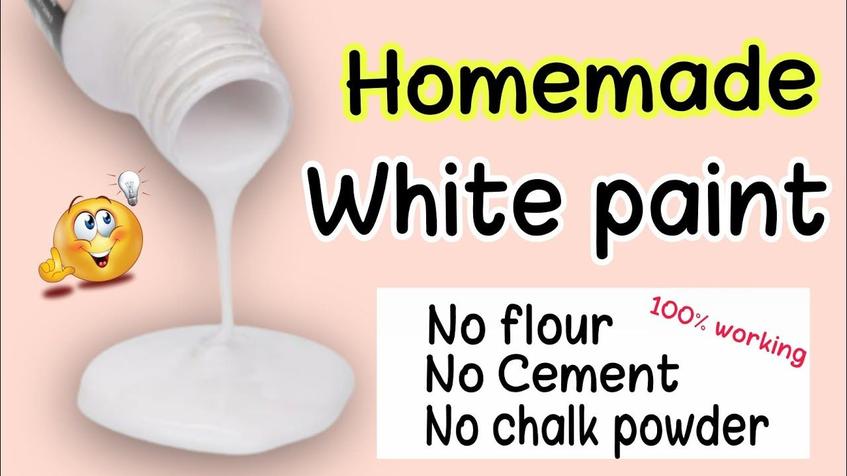
Believe it or not, even after thousands of years, many people still buy their paints from companies. That’s because those companies invest in research, quality control, and industrial processes ensuring the paint does what it’s supposed to do. They price the paint reasonably for the level of convenience and reliability provided.
Sure, paint may seem pricey, but consider the expertise and technology behind its development. Trying to replicate that at home will likely cost more—both in money and time—than just buying a bucket off the shelf.
Debunking Myths and Viral DIY Videos
Ever seen YouTube survivalists turning rocks and vegetable oil into brilliant paint? Spoiler alert: those videos often exaggerate or skip important steps. Vibrant color and smooth consistency don’t magically appear by tossing a few ingredients together. Until you understand where the chemistry really happens, it’s best to watch those with a grain of skepticism.
A Nod to the Past: Traditional and Natural Paints
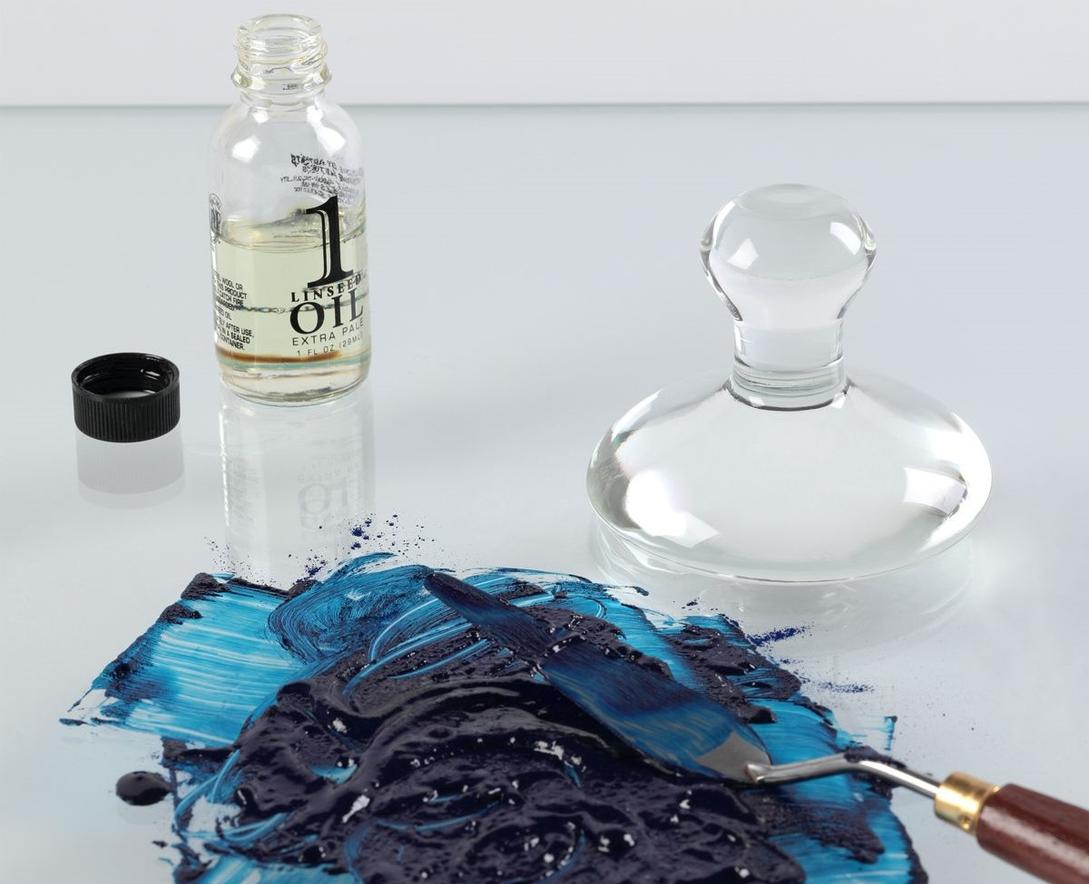
Before industrial paints, people used simple recipes from nature. Milk paint—a mixture of milk protein, lime, and pigment—is still popular for furniture and decoration today due to its ecological and non-toxic nature. Whitewash, made from lime and water, continues to coat walls especially in rural or restoration settings. Shellac, harvested from insects, remains a favored choice for finishing wood and musical instruments.
Check out these for fun and learning:
Practical Tips If You Really Want to Try
- Start small: experiment on scraps or less-used objects first.
- Use natural pigments like charcoal, turmeric, or clay.
- Mix binders such as egg yolk, linseed oil, or milk protein depending on your needs.
- Be patient grinding pigments carefully; uneven texture ruins a paint job.
- Understand that your paint’s shelf life might be limited.
So, Should You Try Making Your Own Paint?
Depends on your goals. If you want a fun, hands-on project that connects you with traditional crafts, it’s worth a shot. If you need reliable, long-lasting paint for a big project, store-bought is your friend.
Ultimately, paint is a bit like magic chemistry. It’s doable at home, but expect to trade convenience for effort, and quality for cost. So next time you watch that DIY paint video, consider: are you doing this for art, experimentation, or necessity? That answer will guide whether homemade paint is a thrilling adventure or a frustrating chore.
Now, if only they could invent paint that cleans itself—wait, companies are working on that too!
Can I make paint using simple household items?
Yes, it is possible to make basic paint with household items like natural pigments and oils. However, these homemade paints usually lack durability and won’t match the quality of commercial paints.
What are the main ingredients needed to make paint at home?
Paint requires three key components: a pigment for color, a binder to hold it together, and a vehicle or solvent to spread it evenly. You might use things like powdered pigments, linseed oil, and turpentine.
Will homemade paints last as long as store-bought ones?
No, homemade paints generally fail to withstand sunlight, moisture, and temperature changes well. Professional paints undergo rigorous testing to ensure durability which homemade versions usually lack.
Is it cost-effective to make paint myself?
Usually not. Making your own paint takes significant time and effort. Ingredients can be expensive, and the final product often costs more and performs worse than commercial paint.
Are DIY paint recipes on YouTube reliable?
Many survivalist DIY paint videos exaggerate results. They often show tiny amounts of pigment mixed quickly, but real paint requires precise methods for good results, which these videos skip.
What type of natural paints have been used historically?
Historically, paints used natural binders like linseed oil or milk, combined with pigments such as ochre or chalk. These paints are simple but much less durable compared to modern formulations.


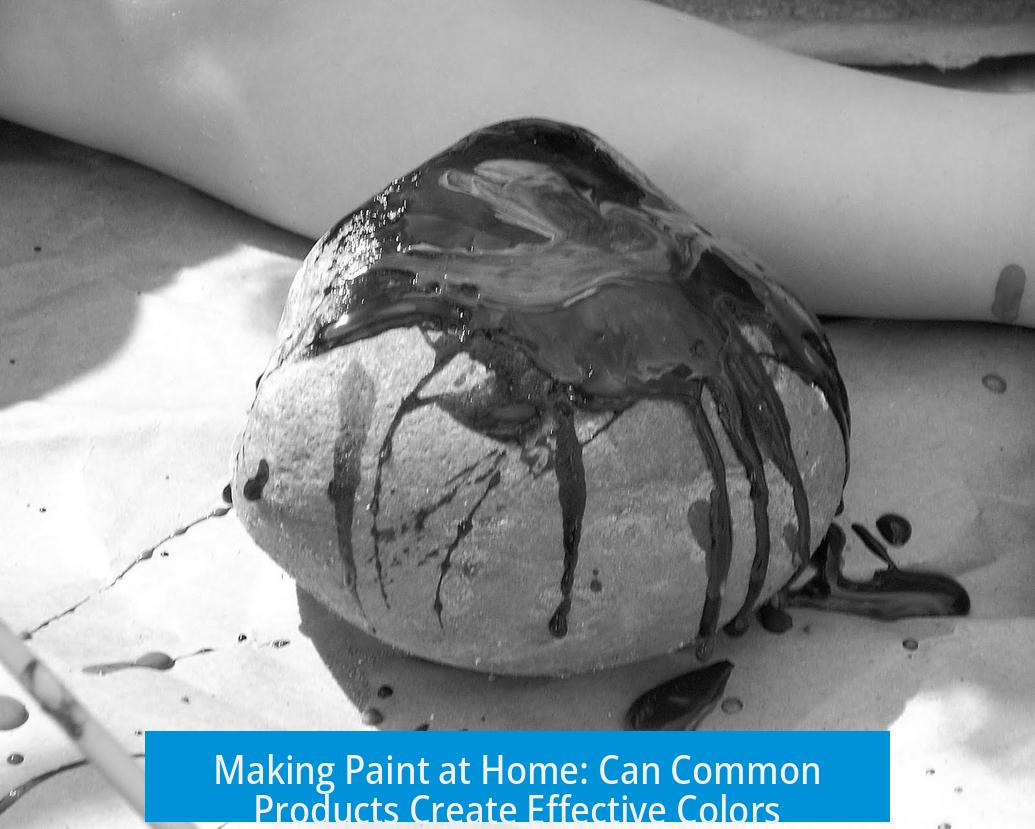
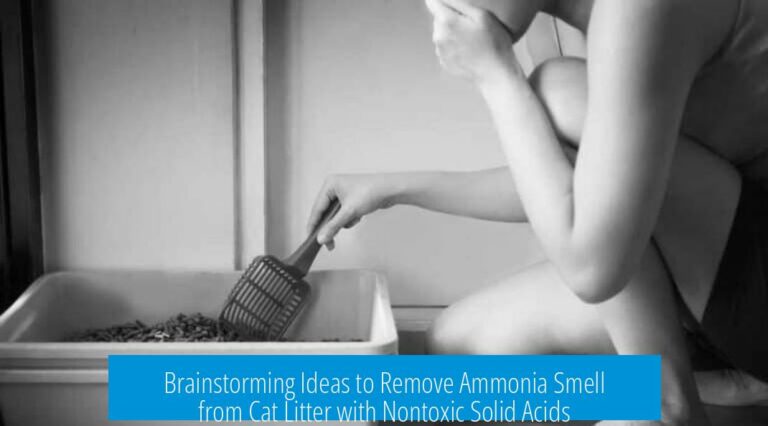
Leave a Comment